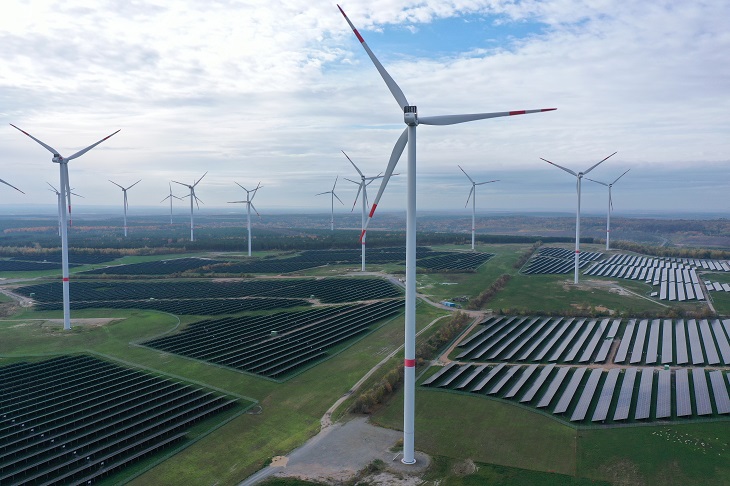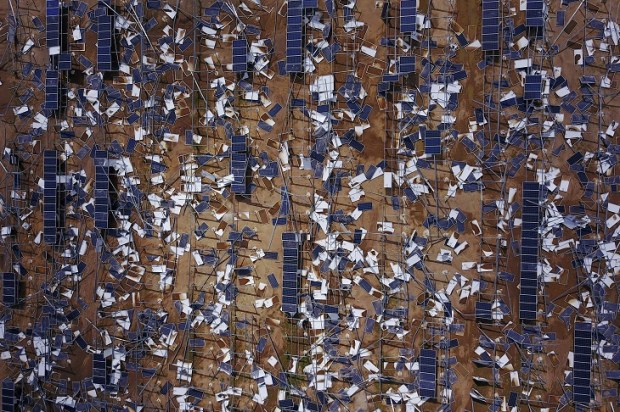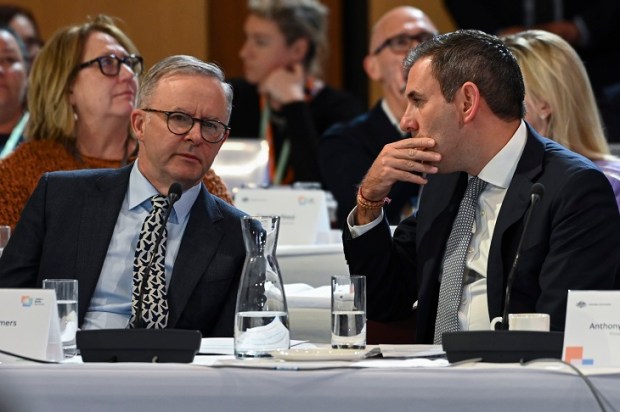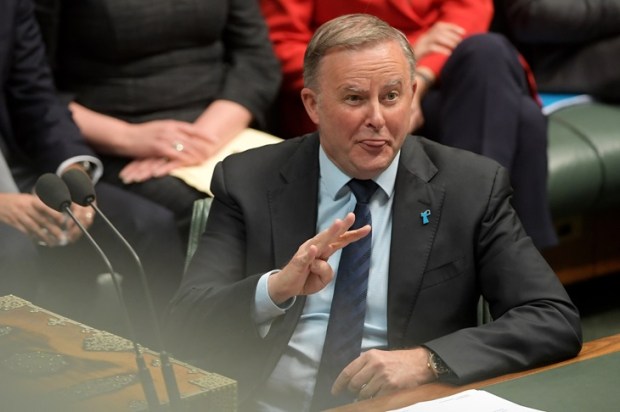Like the onset of bankruptcy, great awakenings come slowly at first then rapidly. So it is with the global warming myth and its offspring: the myth of cheap wind and solar energy.
The UN Secretary General’s hysterical assurance that we have entered the era of ‘global boiling’ is taken seriously by Greens and Teals, but sensibly ridiculed by more balanced minds. Previously, the blood-curdling prophesies made by tax-funded blow-hards were more generally greeted with respect, especially by political and media institutions that approved of their corollary of increased governmental control. Forgotten within days of the passage of time invalidating them were:
- An ‘ice-free Arctic in five years’ time’, something Al Gore projected in 2009.
- Snow becoming very rare in England within a few years as predicted by the University of East Anglia’s prestigious climate unit in 2000.
- The 500 days to avert a climate catastrophe that France’s Foreign Minister gave us in 2014.
Weather reports of hot events (or cold events for that matter) reinforce the views of those who envisage a climate catastrophe. But across the world cost realities are bringing the green dream down to Earth.
We saw green left governments voted out in Italy, Greece, Sweden, Finland, the Netherlands, and possibly Spain (as well as in Korea) along with a surge of support for anti-Green, anti-left parties in France and Germany.
In England, two decades of bipartisan support for Net Neutral is cracking following a bi-election that the Conservatives won by campaigning against Labour’s emission-suppressing $20 a day tax impost on older cars. While not disavowing its Net Zero philosophy, the government has announced new oil and gas exploration acreages and hinted at reviewing the regulations against new petrol and diesel-fuelled cars.
Disillusion is apparent elsewhere. South Africa’s electricity minister claims his nation is enduring massive blackouts because it agreed to be a ‘guinea pig’ for the West’s green transition by replacing coal-using power stations with renewable energy in return for £6.6 billion.
In all these cases at the surface, or just below it, were concerns about costs being imposed by green-left decarbonisation policies.
So far, for Australia, costs and price increases from the governmental renewables policies have brought only muted grumbles from consumers, as a green-hued mainstream media has largely joined the political establishment in attributing price rises to foreign causes. There has been little acknowledgement of the pivotal role the growth of renewables played in the $10 billion a year in carbon taxes and regulatory rules against gas and coal.
As the renewable energy growth has required additional support in the form of transmission links and storage, commentators bought the claim that these were the foundation of a modernised electricity system to which we must inevitably transition to forestall global warming. As a bonus, the transition would provide cheaper energy in the long run. Snowy 2 was applauded as a solution to renewables energy intermittency as was the Queensland government’s specious claims that it will build $30 billion pumped hydro projects to ensure delivery of 24/7 power. As an example, one smallish pumped hydro storage facility was deified as a private sector success, even though its cost (around $1,035 million including transmission) involves a grant of $194 million and a soft loan of $600 million.
Media faith in green power was only slightly dented when an outcome of the new ‘safeguard mechanism’ requiring the 215 biggest emitters to reduce emissions by 30 per cent, brought Rio Tinto to slash $US1.2b (80 per cent) from the value of its Australian aluminium assets.
More unease appeared when environmental and Indigenous concerns kiboshed any possibility of a wind-powered Newport aluminium smelter, sending it down the same latrine as previous similar claims for a green energy-fuelled steel smelter in South Australia.
These changes are part of a growing realisation that the replacement of concentrated coal-generated electricity by wind, the cost of which has been underestimated because of understated price tags of battery/hydro firming and of intrusive and land-hungry generation and transmission facilities
CSIRO’s GenCost analysis, which gives cover to Ministerial actions to replace coal and gas with wind and solar, has been revealed as a series of factoids that make wind and solar energy appear cheap because the infrastructure required to transport it, the storage required to firm it and its subsidies are all just assumed to be costlessly in place.
There are also growing grassroots concerns about the collateral land use and environmental damage to rural and suburban communities from the wind and solar farms and their associated transmission lines. Two major wind farms in Victoria have been aborted to protect birds and landowners’ opposition is contributing to delays. Pressures will increase with Barnaby Joyce announcing on August 8 a new movement to coordinate action.
Corroboration of these developments has unexpectedly come from Net Zero Australia. They have estimated that the government’s original decarbonisation estimate is out by a factor of 20. To transform the grid by 2030 would not be the mooted $80 or $100 billion, but $1.5 trillion with the final bill put at $7 trillion to $9 trillion by 2060.
These new pressures face the formidable opposition of the political incumbents. Energy Minister Chris Bowen has plans to increase regulatory imposts on energy and extend them to Industry, the Built Environment, Agriculture and Land, Transport, and Resources. He is joined by his state counterparts in seeking to supercharge the Australian Energy Operator’s Integrated System Plan. Originally an indicative planning approach, ministers now intend to use this as the vehicle within which to combine all energy regulatory bodies in order to ‘get the energy transition back on track’.
Doubtless this will entail additional measures to force coal power station closures, added subsidies for wind and solar, its transmission and batteries, and measures to expedite land seizures and its usages to facilitate Mr Bowen’s low-cost green energy paradise. But any such measures can only hurtle us even faster along a path to energy insecurity and impoverishment.
Got something to add? Join the discussion and comment below.
Get 10 issues for just $10
Subscribe to The Spectator Australia today for the next 10 magazine issues, plus full online access, for just $10.


























Comments
Don't miss out
Join the conversation with other Spectator Australia readers. Subscribe to leave a comment.
SUBSCRIBEAlready a subscriber? Log in